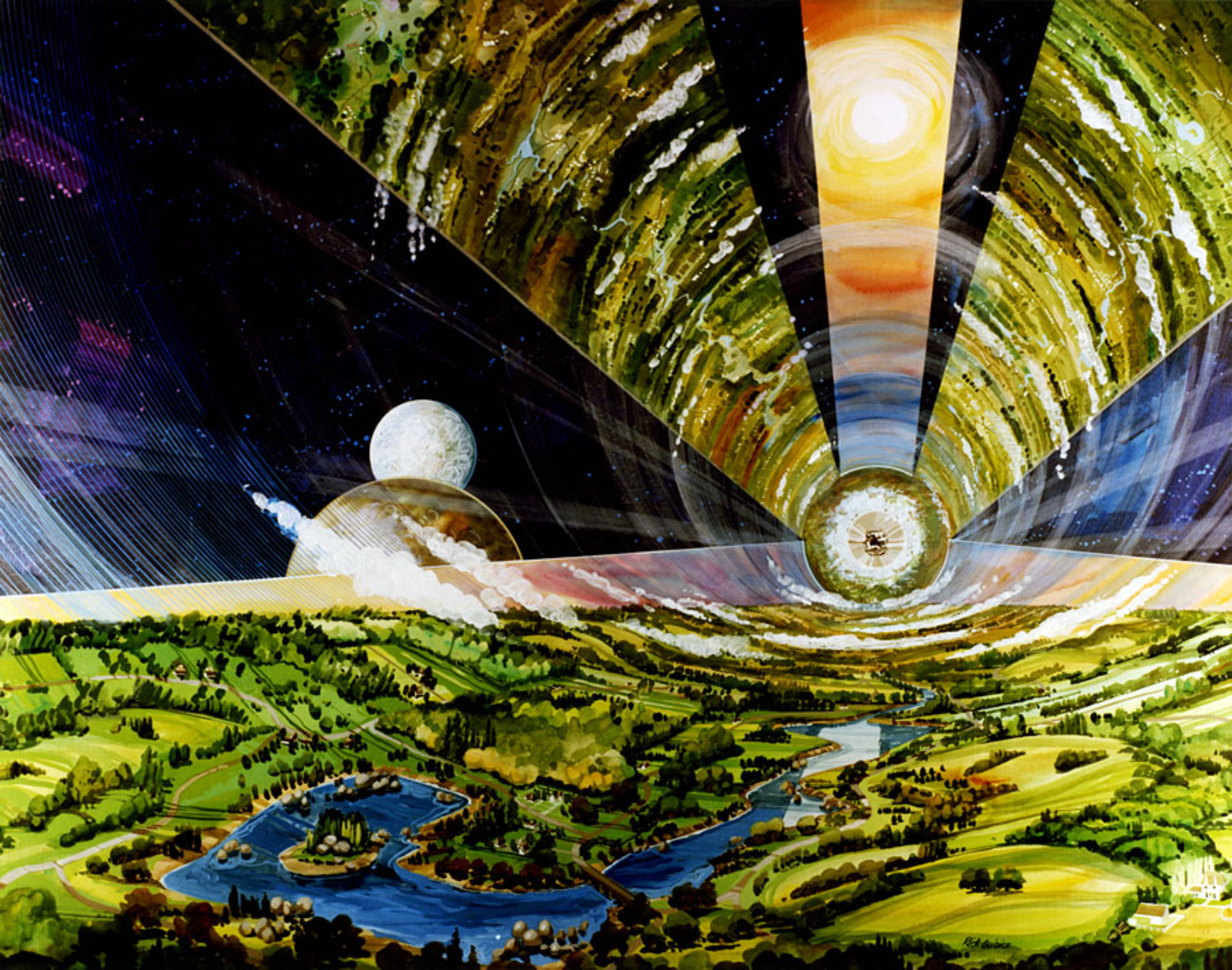
There may be no single human factor more important to understand on the road to long term space settlement than determination of the gravity prescription (GRx) for healthy living in less than Earth normal gravity. What do we mean by the GRx? With over 60 years of human space flight experience we still only have two data points for stays longer than a few days to study the effects of gravity on human physiology: microgravity aboard the ISS and data here on the ground. Based on medical research to date, we know that significant problems arise in human health after months of exposure to microgravity. To name a few, osteoporosis, immune system degradation, diminished muscle mass, vision problems due to changes in interocular pressure and cognitive impairment resulting memory loss and lack concentration. Some of these problems can be mitigated with a few hours of daily exercise. But recovery upon return to normal gravity takes considerable time and we don’t know if some of these problems will become irreversible after longer term stays. We have virtually no data on human health at gravity levels of the Moon and Mars, as shown in this graph by Joe Carrol:

The more important question for permanent space settlements is can humans have babies in lower gravity? If we go by the National Space Societies’ definition, an outpost will never really become a permanent space settlement until it is “biologically self-sustaining”. We evolved over millions of years at the bottom Earth’s gravity well. How will amniotic fluid, changes in cell growth, fetal development and human embryos be affected during gestation under lower gravity conditions on the Moon or Mars? There are already indications that problems will arise during mammalian gestation, at least in microgravity as experienced aboard the ISS.
To answer these questions, Joe Carroll suggests the establishment of a crewed artificial gravity research facility in LEO which he described last month in an article in The Space Review. He proposes a Moon-Mars dumbbell with nodes spinning at different rates to simulate gravity on both the Moon and Mars, which covers most of the planetary bodies in the solar system where settlements would be established if not in free space. The facility could be launched and tended by SpaceX’s Starship once the spacecraft is flight worthy in the next few years in parallel with Elon Musk’s plans to establish an outpost on Mars. Musk may even want to fund this facility to inform his long term plans for communities on Mars. If his goal is for the humanity to become a multiplanetary species, surely will want to know if his settlers can have children.
Carroll’s design connects the Moon and Mars modules with radial structures called “airbeams” which will allow crew to access the variable gravity nodes in a shirtsleeve environment. The inflatable members are composed of polymer fiber fabric which can be easily folded for storage in the Starship payload bay. Crews would be initially launched aboard Dragon until the Starship is human rated.
“Eventually, rotating free-space settlements will get massive enough to use other shapes, but dumbbells plus airbeams seem like the key to useful early ones.”
The paper addresses details on key operating concepts, docking procedures, emergency protocols, and the implications for long term settlement in the solar system.
There may even be a market for orbital tourism to experience lower gravity that could make funding for the facility attractive to space venture capitalists, especially if it is located in an equatorial orbit shielded from ionizing radiation by the Earth’s magnetic fields. As the technology matures, older tourists may even want to retire in orbital communities that offer the advantage of lower gravity as their bodies become frail in their golden years.
Humankind’s expansion out into the solar system depends on where we can survive and thrive in a healthy environment. If ethical clinical studies on lower mammals in a Moon/Mars dumbbell clears the way for a healthy life in lunar gravity then we can expand out to the six largest moons including our own plus Mars. If the data shows we need at least Mars gravity, then the Red Planet or even Mercury could be potential sites for permanent settlement. But if nothing below Earth normal gravity is tolerable, especially for mammalian gestation, it may be necessary to build ever larger rotating O’Neillian free space settlements to expand civilization across the solar system. There are vast resources and virtually unlimited energy if we need to do that. But it will take considerable time and careful planning to establish the vast infrastructure needed to build these settlements. If human physiology is constrained by Earth’s gravity then space settlers will want to know this information soon so that the planning process can be integrated into space development activities about to unfold on the Moon and beyond. If Musk finds out that Mars inhabitants cannot have children and wants to establish permanent communities beyond Earth, would he change course and switch to O’Neillian free space settlements?
“If we do need sustained gravity at levels higher than that of Mars, it seems easier to develop sustainable rotating settlements than to terraform any near-1g planet.”
Listen to Joe Carroll answer my questions about his Moon/Mars dumbbell facility from earlier this month on this archived episode of The Space Show.

















